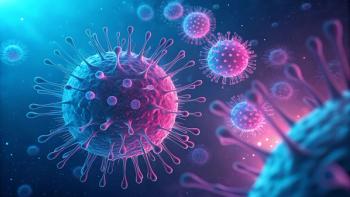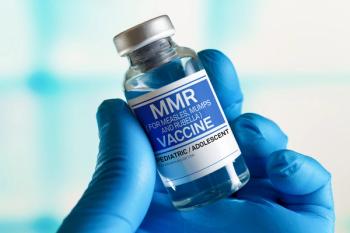
New Research Tool Could Lead to Improved Targeted Therapies for Acute Myeloid Leukemia
Single-cell method identifies core stem cells that cause leukemia within a tumor.
A novel mouse model of acute myeloid leukemia (AML) has been developed that more accurately replicates the human form of the disease, which could lead to future targeted therapies.
A study published in Cancer Discovery found that researchers were able to use a new core facility utilizing analytical tools related to single-cell RNA sequencing. This method allows for a more detailed analysis of rare cell types, which are usually hidden in bulk cell populations and that genetic analyzes cannot examine.
“Our goal was to create a model that was faithful to the human form of the disease that can be used for preclinical testing of potential cures,” said senior study author Leighton H. Grimes, PhD. “Previous models were slow, difficult to analyze, and did not accurately represent the human disease. This model is rapid, fully penetrant, and completely spontaneous. We hope that it will open the way for other researchers to join us in attacking this particularly lethal AML subtype.”
Approximately half of AML cases are classified as cytogenically normal, with 20% that involve a change in Dnmt3a and Flt3 genes and leads to the deregulated expression of other genes.
Patients that have mutations in both of the genes usually have a poor prognosis because their cancer is a more aggressive form and they are more likely to relapse after remission.
By allowing researchers to better understand rare cells and identify unique elements of tumor cells that could be used for therapeutic targets, the single-cell method identified the core stem cells that cause leukemia within the tumor.
“Before, researchers were comparing the gene expression patterns of one AML subtype to either normal cells or other AML subtypes,” said lead author Sara Meyer, PhD. “That approach made it difficult to tease out the specific impact of Dnmt3a mutation. Instead, we isolated the variables and studied only human and murine AML with Flt3 mutation. Comparing Flt3-mutant AML with and without Dnmt3a mutation allowed us to more finely identify those patterns that were specific to the Dnmt3a mutation.”
The results of the study helped confirm that low levels of Dnmt3a is can cause cancer. Additionally, the reduction in Dnmt3a function allows for genes normally expressed solely at the early stages of blood cell formation to continue expression at later stages and leads to the development of AML.
Researchers also discovered that when rescuing the expression of Dnmt3a, it reversed the leukemia phenotypes and gene expression in mouse tumor cells. More research is still needed to determine if rescuing normal levels of Dnmt3a function could be a successful form of treatment for AML.
In the future, researchers will test the potential treatment targets that were identified as unique to the tumor.
Newsletter
Stay informed on drug updates, treatment guidelines, and pharmacy practice trends—subscribe to Pharmacy Times for weekly clinical insights.














































































































































































































